- No products in the cart.
Glibomet Tab n / a film about 2.5 mg + 400 mg 40 pieces
$8.25
Glibomet Tab n / a film about 2.5 mg + 400 mg 40 pieces
SKU: 1057240901 Categories: Diabetes, Hypoglycemic, Medicaments Tags: Berlin Chemie, metformin + glibenclamide
Description
Composition
Active substance:
1 tablet contains: 2.5 mg of glibenclamide and metformin hydrochloride 400 mg.
Excipients:
Microcrystalline cellulose, corn starch, colloidal silica, gelatin, glycerin (glycerol), talc, magnesium stearate, acetylphthalyl diethylphthalate.
Product form:
Tablets, coated tablets, 400 mg + 2,5 mg.
20 tablets in a blister (PVC / PVDC / Aluminum foil).
2 blisters together with instructions for use placed in a cardboard box.
Contraindications
Hypersensitivity to metformin, glibenclamide or other derivatives of sulfonylureas, and also to the other components of the formulation; type 1 diabetes (insulin-dependent); hypoglycemia; diabetic ketoacidosis, diabetic precoma, coma; pregnancy, breast-feeding; lactic acidosis (including history); severe disease associated with decreased liver and / or kidney; hypoxic conditions (cardiac or respiratory failure, recent myocardial infarction, shock); infectious diseases, major surgery, trauma, extensive burns and other conditions requiring insulin therapy; acute conditions that may lead to changes in renal function: degidrotatsii, severe infection, shock, intravascular administration of iodinated contrast agents; chronic alcoholism, acute alcohol intoxication; porphyria; use for at least 48 hours before and 48 hours after the radioisotope or radiological examinations with the introduction iodinated contrast material; compliance hypocaloric diets (less than 1000 kcal / day).
Do not use the drug in patients older than 60 went. performing heavy physical work, which is associated with an increased risk of developing lactic acidosis.
Carefully
Glibomet® should be used for: feverish syndrome; thyroid diseases (with impaired function); hypofunction of the anterior pituitary or the adrenal cortex.
Dosage
2.5 mg + 400 mg
Indications
Type 2 diabetes mellitus with poor diet, physical exercise and previous therapy with metformin or glibenclamide.
Substitution of the two drugs previous therapy (metformin and glibenclamide) in patients with a stable and well controlled blood glucose level.
Interaction with other drugs
Hypoglycemic action of the drug can be enhanced while taking dicumarol and its derivatives, beta-blockers, cimetidine, oxytetracycline, allopurinol, monoamine oxidase inhibitors (MAO), sulfonamides, phenylbutazone and derivatives thereof, chloramphenicol, probenecid and salicylates, miconazole in oral forms, sulfinpirazona and alcohol in large quantities. Epinephrine, corticosteroids, oral contraceptives, hormone drugs thyroid, thiazide diuretics and barbiturates reduce the hypoglycemic effect of the drug. May increase the effect of anticoagulants.
Simultaneous treatment with cimetidine may increase the risk of lactic acidosis.
Beta-blockers mask the symptoms of hypoglycemia.
Overdose
Overdose or the presence of risk factors can trigger the development of lactic acidosis, since the drug enters metformin. Lactic acidosis is a condition that requires urgent medical assistance; treatment of lactic acidosis must be carried out in a hospital. The most effective treatment is hemodialysis.
Overdose may also lead to hypoglycemia due to the presence in the composition of the drug glibenclamide. Symptoms of hypoglycemia: hunger, excessive sweating, weakness, palpitations, pallor, paresthesia in the mouth, tremor, general anxiety, headache, abnormal sleepiness, sleep disturbances, anxiety, impaired motor coordination, temporary neurological disorders. With the progression of hypoglycemia, patients may lose self-control and consciousness.
When hypoglycemia mild or moderate glucose or sugar solution is taken orally. In case of severe hypoglycemia (loss of consciousness) injected intravenously 40% solution of dextrose (glucose) or glucagon intravenously, intramuscularly, subcutaneously. After recovery of consciousness patient must provide food, rich in carbohydrates, in order to avoid a recurrence of hypoglycemia.
pharmachologic effect
Pharmacological group:
Hypoglycemic agent for oral use (sulfonylurea + biguanide II generation).
Pharmacological properties:
Combined Oral hypoglycemic agent, sulfonylurea and biguanide II generation. It has pancreatic and vnepankreaticheskim effects. Glibenclamide belongs to the group of sulfonylurea II generation. It stimulates the secretion of insulin by lowering the threshold for glucose stimulation of pancreatic beta cells and increases sensitivity to insulin and the degree of binding to target cells that increases insulin release, enhances the action of insulin on glucose uptake by muscles and the liver, inhibits linoliz in adipose tissue. Effective second stage insulin secretion. Metformin belongs to the biguanide group. Inhibits hepatic gluconeogenesis, reduce the absorption of glucose from the gastrointestinal tract (GIT) and increases its utilization in tissues; It reduces the level of triglycerides, LDL, and cholesterol in the blood serum. Increases insulin binding to the receptors (in the absence of insulin the therapeutic effect is not observed in the blood). It does not cause hypoglycemic reactions.
The hypoglycemic effect of the drug develops within 2 hours and lasts 12 hours.
Pharmacokinetics:
Glibenclamide quickly and adequately (84%) is absorbed in the digestive tract. The time to reach maximum concentration of 7-8 hours. Communication with the proteins was 97%. Almost completely metabolized in the liver to inactive metabolites. 50% is excreted by the kidneys, 50% – with bile. The half – from 3 to 10-16 hours.
Metformin after absorption in the gastrointestinal tract (absorption – 48-52%) is absorbed from the gastrointestinal tract fully sufficient in feces found 20-20% of the dose. The absolute bioavailability is 50 to 60%. Metformin is rapidly distributed into the tissue. Practically does not bind to proteins. It is metabolized to a very small extent and excreted by the kidneys (especially in the unmodified form) partially intestine. The half-life of 9-12 hours.
Conditions of supply of pharmacies
On prescription.
side effects
On the part of carbohydrate metabolism: possible hypoglycemia.
From the gastrointestinal tract and liver: rarely – nausea, vomiting, abdominal pain, loss of appetite, “metallic” taste; in some cases – cholestatic jaundice, increased activity of “liver” enzymes, hepatitis.
From hemopoiesis system: seldom – a leukopenia, thrombocytopenia, erythropenia; very rarely agranulocytosis, haemolytic or megaloblastic anemia, pancytopenia.
CNS: headache, dizziness, weakness, rare – paresis, sensory disturbances.
Allergic and immunopathological reactions: seldom – urticaria, erythema, pruritus, fever, joint pain, protein in the urine.
Dermatological reactions: seldom – increased sensitivity to light.
On the part of metabolism: possible increase in the concentration of blood lactate.
When the symptoms of lactic acidosis (vomiting, abdominal pain, shared weakness, muscle cramps) should stop taking the drug and consult a doctor immediately.
Other “precipitates a effect” by alcohol.
special instructions
drug treatment (designation and dose adjustment) is carried out by a doctor! Before the drug is necessary to strictly observe the doctor’s advice on dieting and self-monitoring of blood glucose levels. If during treatment with Glibomet® patient appeared vomiting and abdominal pain accompanied by muscle cramps or general malaise, you should stop taking the drug and consult a doctor immediately, as these symptoms may be signs of lactic acidosis.
During treatment is not recommended to take alcohol.
During treatment Glibomet® because of the possible development of hypoglycemia can impair the ability to drive vehicles and management mechanisms.
Storage conditions
Stored in a dry place at a temperature not higher than 30 ° C.
Drug store out of reach of children.
Dosing and Administration
The dose and mode of administration of the drug, as well as the duration of treatment established by the attending physician in the first place according to the state of carbohydrate metabolism of the patient, depending on the level of blood glucose.
Typically, the initial dose is 1-3 tablets per day during meal time with a gradual selection of doses to achieve compensation resistant disease.
The optimal drug regimen is considered to be 2 times a day (morning and evening), although other individual schemes.
Do not take more than 5 tablets of the drug a day Glibomet®.
Information
Appearance may differ from that depicted in the picture. There are contraindications. You need to read the manual or consult with a specialist
Additional information
| Weight | 0.100 kg |
|---|---|
| Manufacturer | Berlin Chemie |


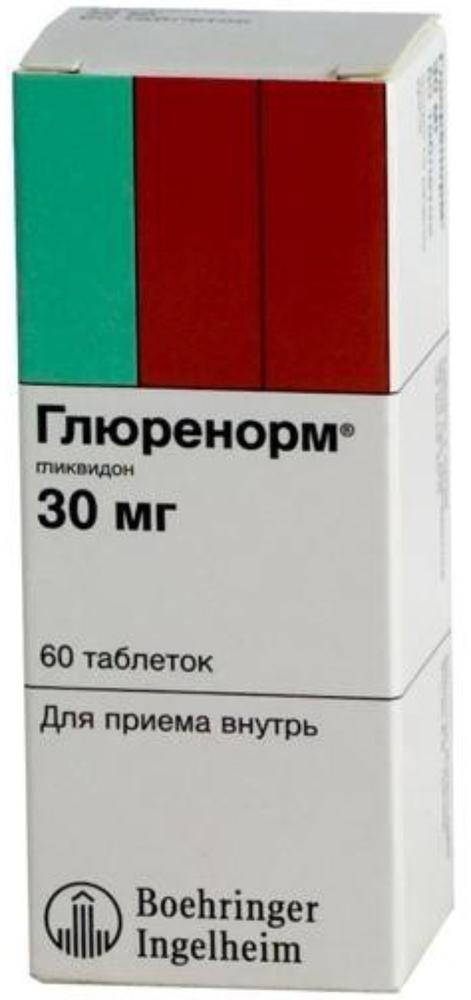

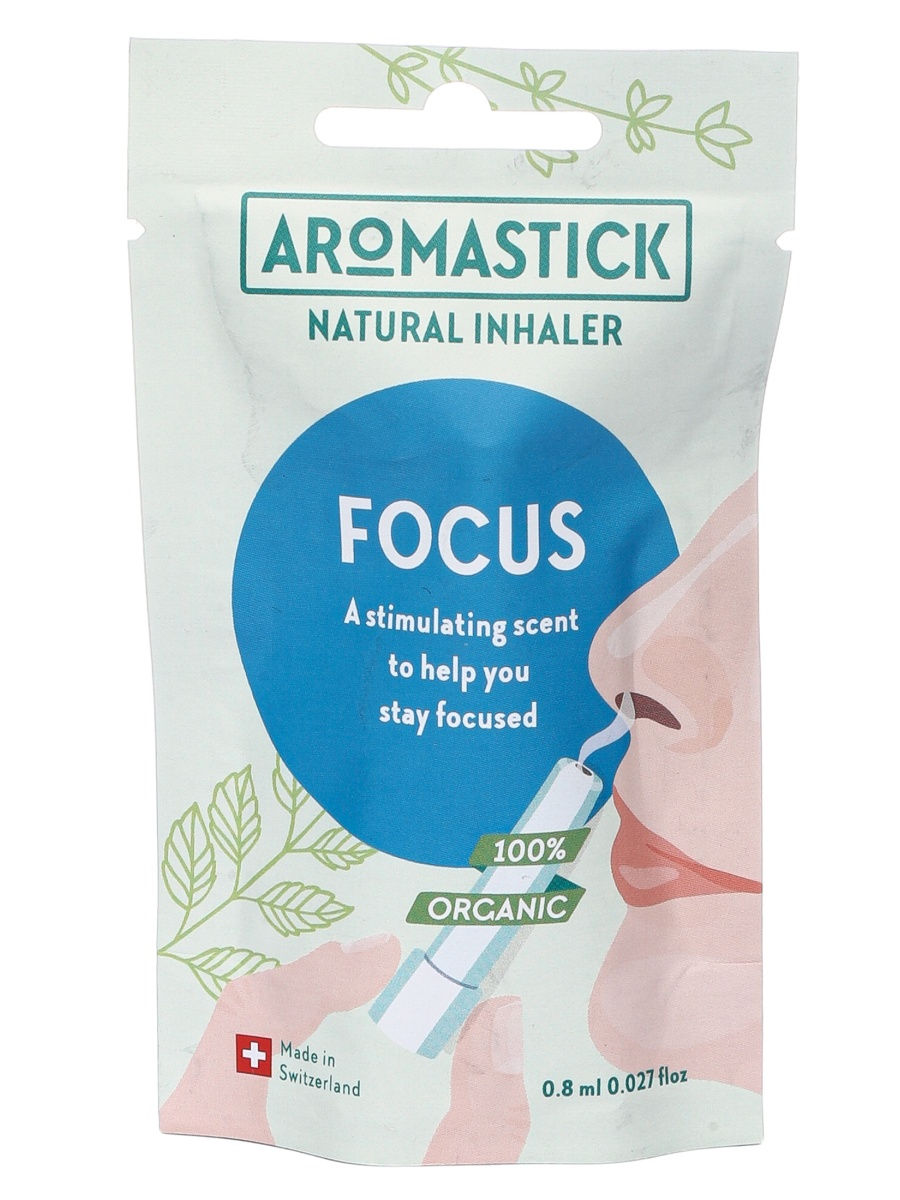
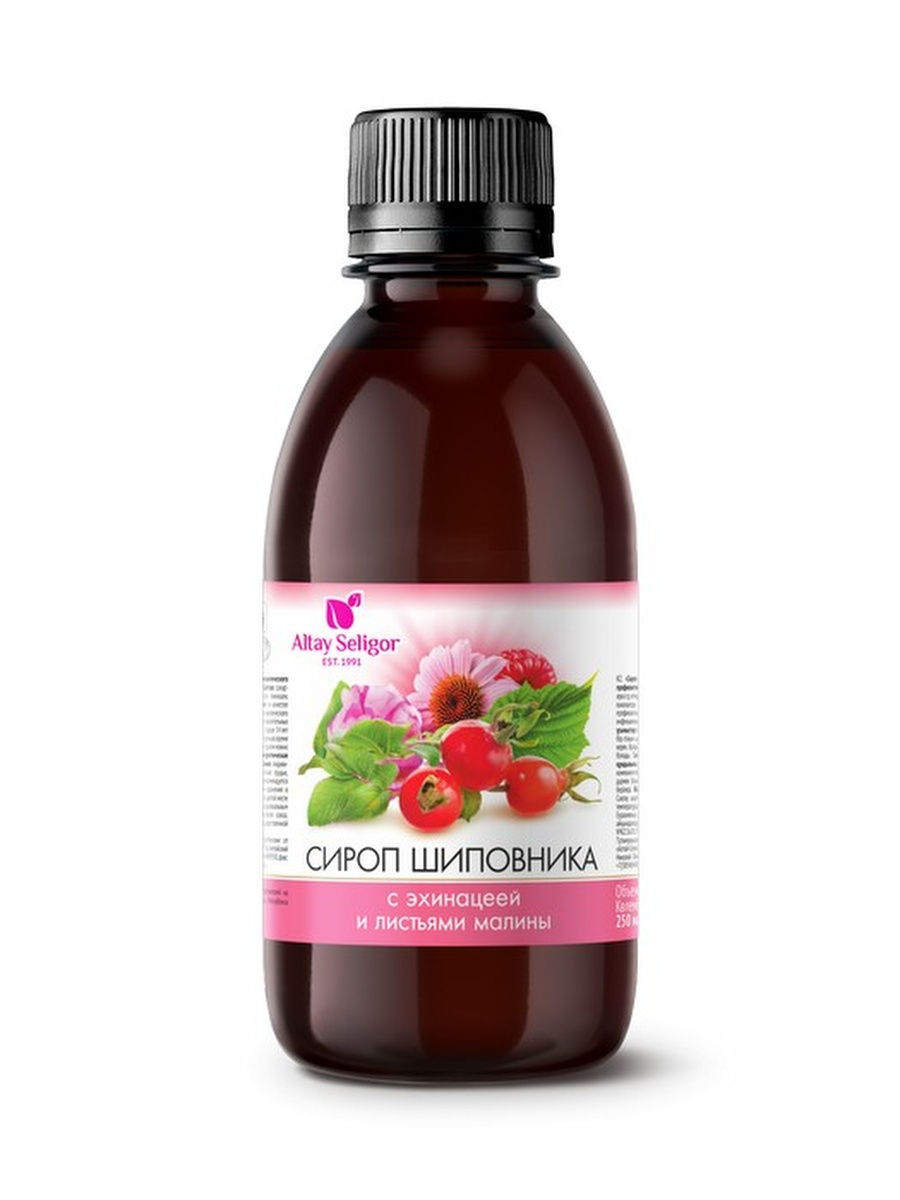

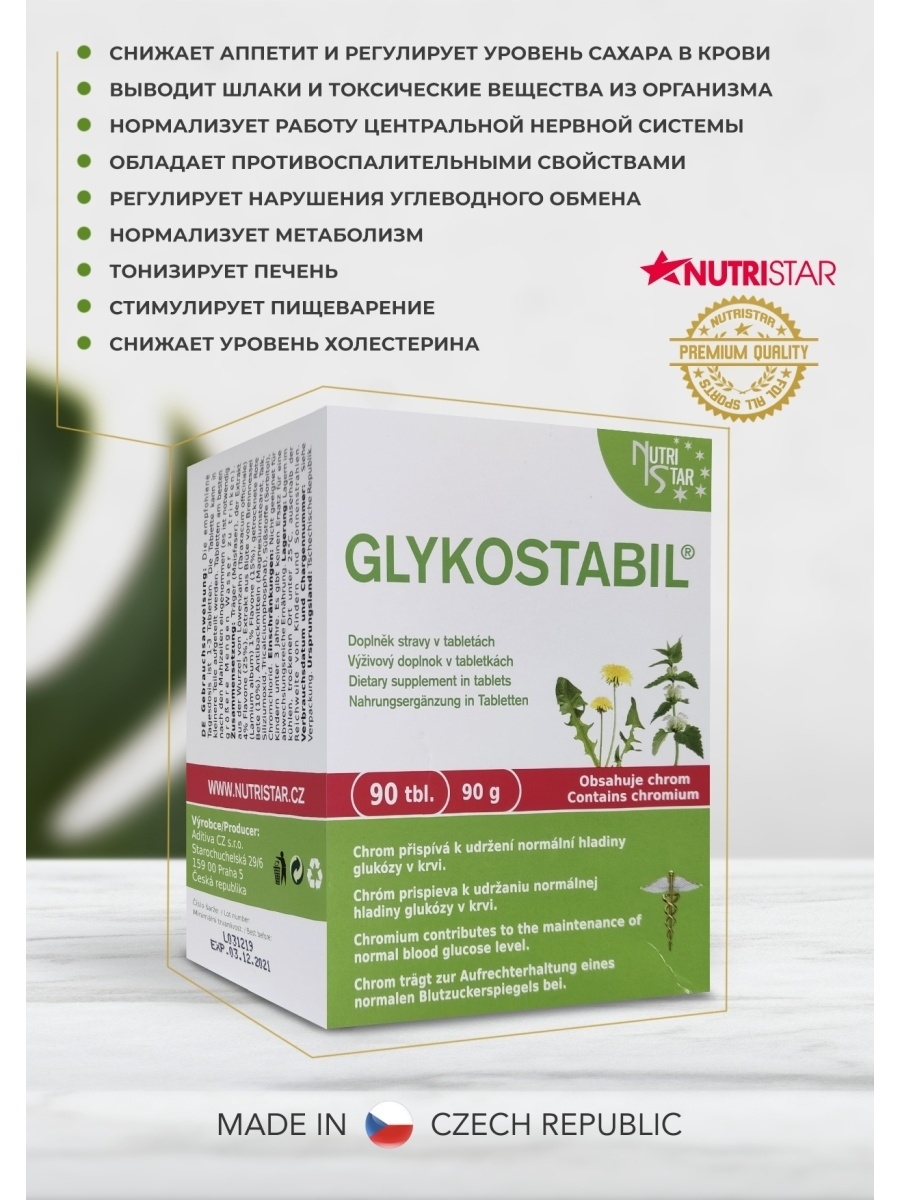
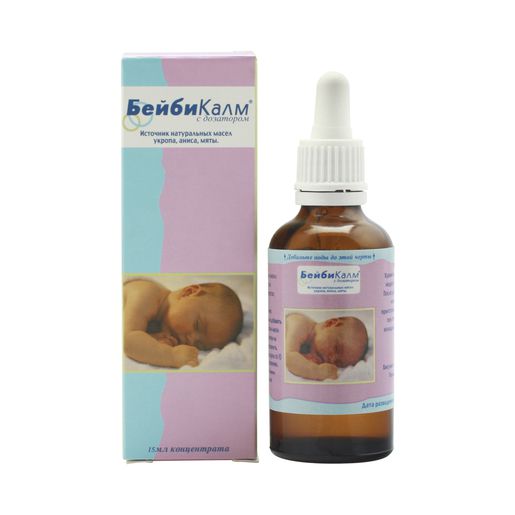




There are no reviews yet.